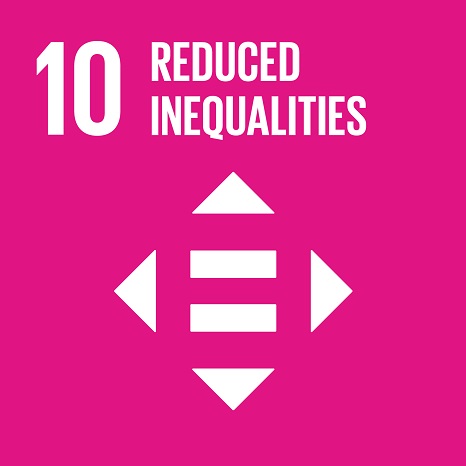Ciência_Iscte
Publications
Publication Detailed Description
Imigração e escolaridade: trajetos e condições de integração
Book Title
Desigualdades sociais: Portugal e a Europa
Year (definitive publication)
2018
Language
Portuguese
Country
Portugal
More Information
Web of Science®
This publication is not indexed in Web of Science®
Scopus
This publication is not indexed in Scopus
Google Scholar
This publication is not indexed in Overton
Abstract
As sociedades europeias são crescentemente diversas: em 2015, cerca de 4,8 mi- lhões de pessoas migraram permanentemente para os países da OCDE (valor ligei- ramente acima de um nível máximo atingido em 2007) e registaram-se 1,65 milhões de novos requerentes de asilo (OCDE, 2016). Em 2012, nos países da OCDE, em mé- dia 11,3% dos estudantes de 15 anos tinham origem imigrante (OCDE, 2015).
Os filhos de imigrantes são um grupo muito diverso, que inclui uma grande variedade de origens geográficas, pertenças culturais e religiosas, condições socia- is, tempos de permanência, fenótipos e graus de visibilidade, distribuições resi- denciais e recursos pré-migratórios (Hortas, 2014; Machado Matias e Leal, 2005; Mateus, 2014; Roldão, 2015; Seabra, 2010). Em Portugal, os alunos com origem na imigração existem com alguma expressão desde os anos 80 do século passado, não ultrapassando, em média, 5% da população escolar do ensino básico e secundário. Os países de origem são muito diversificados mas, consoante as conjunturas, os fluxos mais significativos variam entre os que são oriundos dos Países Africanos de Língua Oficial Portuguesa (PALOP) — antigas colónias — e do Brasil.
Acknowledgements
--
Keywords
Fields of Science and Technology Classification
- Sociology - Social Sciences
Contributions to the Sustainable Development Goals of the United Nations
With the objective to increase the research activity directed towards the achievement of the United Nations 2030 Sustainable Development Goals, the possibility of associating scientific publications with the Sustainable Development Goals is now available in Ciência_Iscte. These are the Sustainable Development Goals identified by the author(s) for this publication. For more detailed information on the Sustainable Development Goals, click here.

 Português
Português


